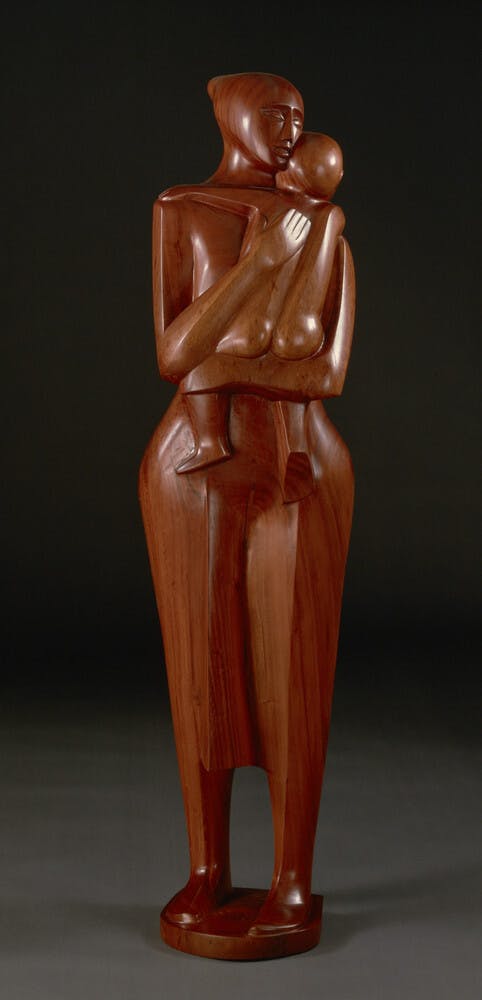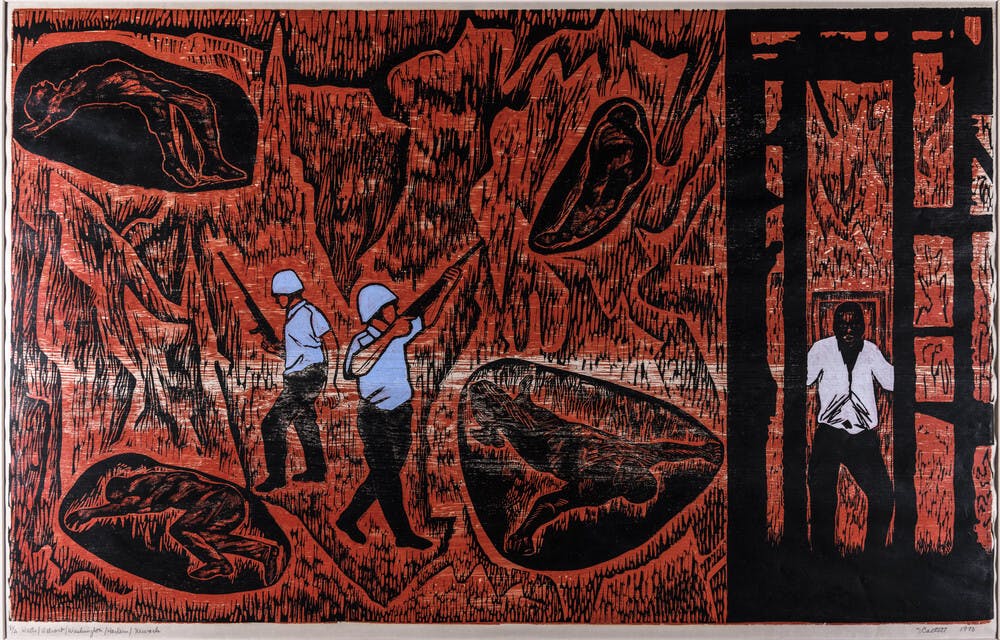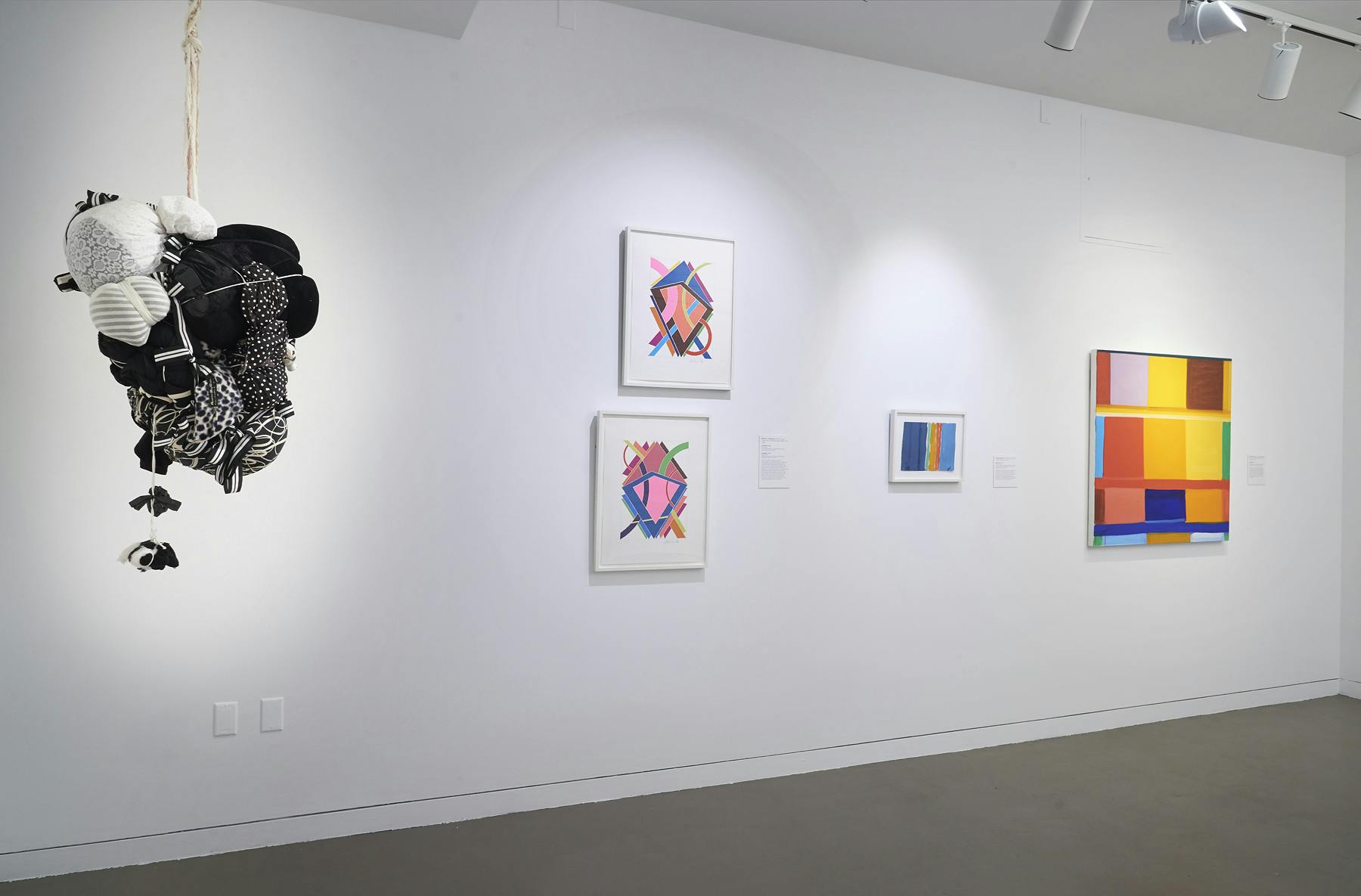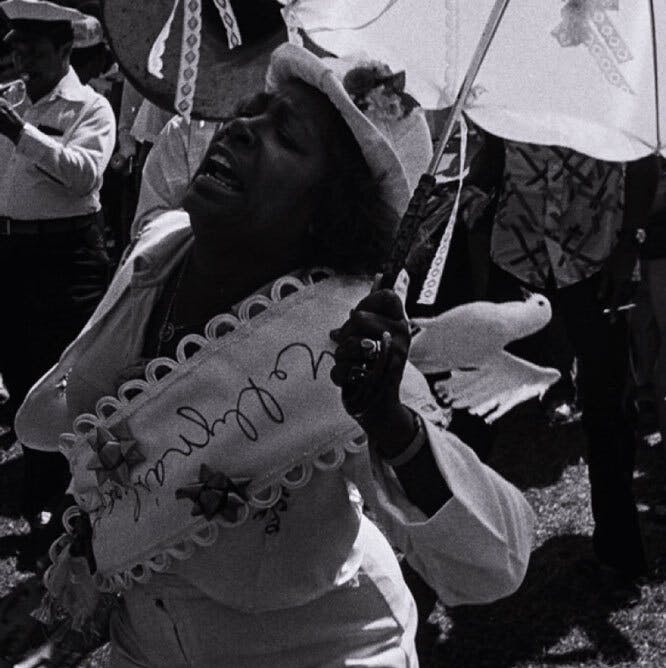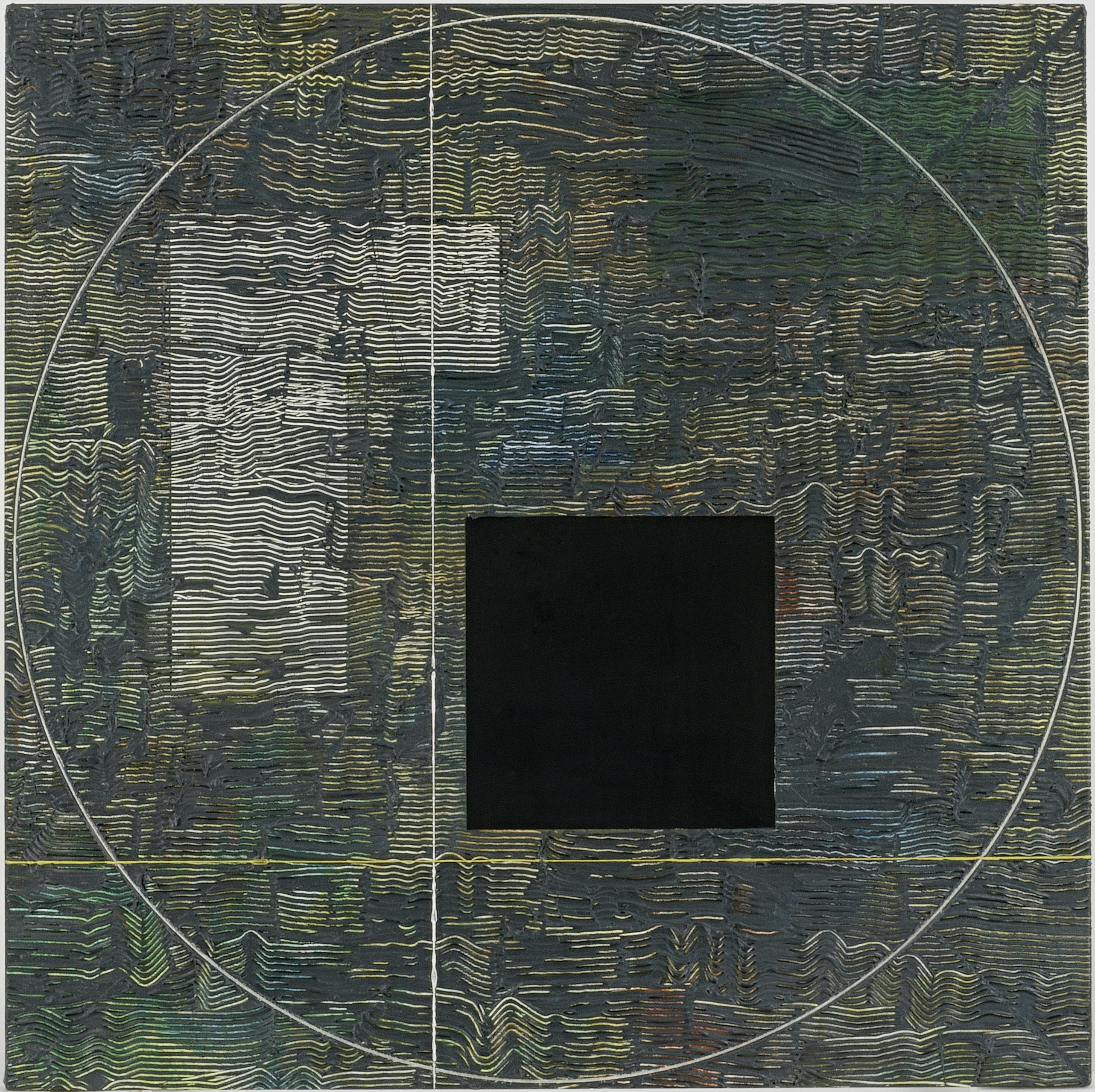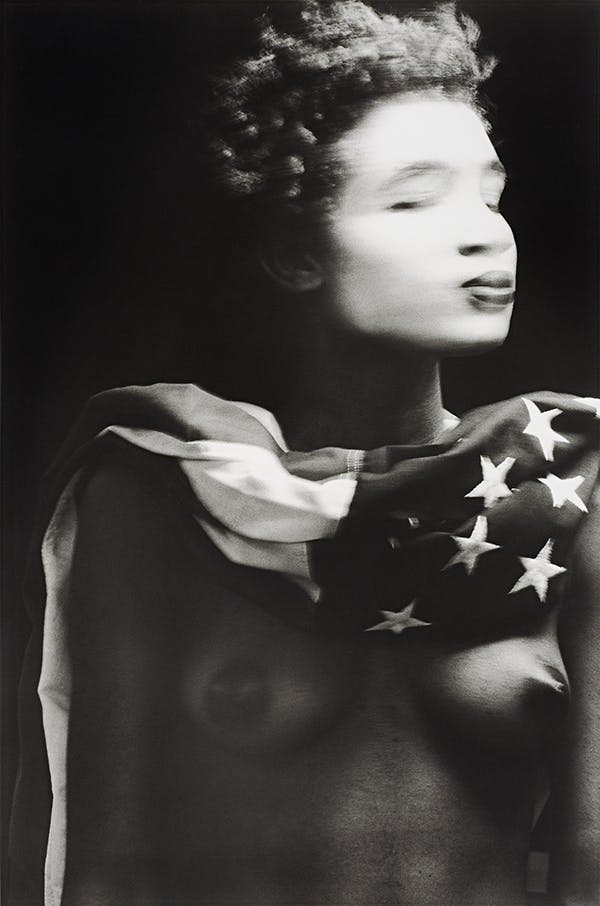Elizabeth Catlett
(1915–2012)In print, painting, and sculpture, Elizabeth Catlett addresses themes such as Black identity, civil rights, labor, and freedom.
Biography
Taking inspiration from the influence of Africanity in Mexican art, Elizabeth Catlett’s work pushes against the erasure of Blackness in the United States and Mexico.
Growing up in segregated Washington, DC, and spending time with her grandparents, who had been enslaved, she quickly became aware of the gross injustices experienced by Black people in the United States. Her acceptance to Carnegie Mellon University was rescinded due to her race. She went on to enroll at Howard University, where she took courses with artist Loïs Mailou Jones and writer and philosopher Alain Locke. As a graduate student at the University of Iowa, she experimented with lithographs, linoleum cuts, and sculpture in bronze, wood, clay, and stone. In the early 1940s, while living in Harlem, Catlett studied at the Art Students League alongside Raúl Anguiano, one of the founders of the Taller Gráfica Popular, a collective that focused on sociopolitical printmaking.
In 1946, Catlett visited Mexico City to learn more about Mexican muralism. She established permanent residence in 1947 and joined the Taller workshop, where many artists printed on cheap paper and in large quantities to ensure mass distribution. This practice supported Catlett’s approach to artmaking, as she said, “I have always wanted my art to service my people—to reflect us, to relate to us, to stimulate us, to make us aware of our potential.”1 Her work highlights the historical significance of Black people through a range of subjects, including maternal imagery and symbols of the Black Power movement. Taking inspiration from the influence of Africanity in Mexican art, Catlett’s work pushes against the erasure of Blackness in the United States and Mexico.
Catlett earned her BS from Howard University and MFA from the University of Iowa. In addition to her artistic practice, she was a committed educator, teaching at institutions such as Dillard University, George Washington Carver School, and the National Autonomous University of Mexico. She lived and worked between Cuernavaca, Mexico, and New York City, until her death in 2012. The Studio Museum has presented her work in numerous exhibitions, including Elizabeth Catlett (1971); Elizabeth Catlett: Works on Paper 1944–1992 (1994) and Circa 1970 (2016).
1. Karen Rosenberg, “Elizabeth Catlett, Sculptor With Eye on Social Issues, Is Dead at 96,” New York Times, April 3, 2012, nytimes.com/2012/04/04/arts/design/elizabeth-catlett-sculptor-with-eye-on-social-issues-dies-at-96.html.
Exhibitions and Events
Elizabeth Catlett
(1915–2012)In print, painting, and sculpture, Elizabeth Catlett addresses themes such as Black identity, civil rights, labor, and freedom.
Mother and Child, 1993
Biography
Taking inspiration from the influence of Africanity in Mexican art, Elizabeth Catlett’s work pushes against the erasure of Blackness in the United States and Mexico.
Growing up in segregated Washington, DC, and spending time with her grandparents, who had been enslaved, she quickly became aware of the gross injustices experienced by Black people in the United States. Her acceptance to Carnegie Mellon University was rescinded due to her race. She went on to enroll at Howard University, where she took courses with artist Loïs Mailou Jones and writer and philosopher Alain Locke. As a graduate student at the University of Iowa, she experimented with lithographs, linoleum cuts, and sculpture in bronze, wood, clay, and stone. In the early 1940s, while living in Harlem, Catlett studied at the Art Students League alongside Raúl Anguiano, one of the founders of the Taller Gráfica Popular, a collective that focused on sociopolitical printmaking.
In 1946, Catlett visited Mexico City to learn more about Mexican muralism. She established permanent residence in 1947 and joined the Taller workshop, where many artists printed on cheap paper and in large quantities to ensure mass distribution. This practice supported Catlett’s approach to artmaking, as she said, “I have always wanted my art to service my people—to reflect us, to relate to us, to stimulate us, to make us aware of our potential.”1 Her work highlights the historical significance of Black people through a range of subjects, including maternal imagery and symbols of the Black Power movement. Taking inspiration from the influence of Africanity in Mexican art, Catlett’s work pushes against the erasure of Blackness in the United States and Mexico.
Catlett earned her BS from Howard University and MFA from the University of Iowa. In addition to her artistic practice, she was a committed educator, teaching at institutions such as Dillard University, George Washington Carver School, and the National Autonomous University of Mexico. She lived and worked between Cuernavaca, Mexico, and New York City, until her death in 2012. The Studio Museum has presented her work in numerous exhibitions, including Elizabeth Catlett (1971); Elizabeth Catlett: Works on Paper 1944–1992 (1994) and Circa 1970 (2016).
1. Karen Rosenberg, “Elizabeth Catlett, Sculptor With Eye on Social Issues, Is Dead at 96,” New York Times, April 3, 2012, nytimes.com/2012/04/04/arts/design/elizabeth-catlett-sculptor-with-eye-on-social-issues-dies-at-96.html.
